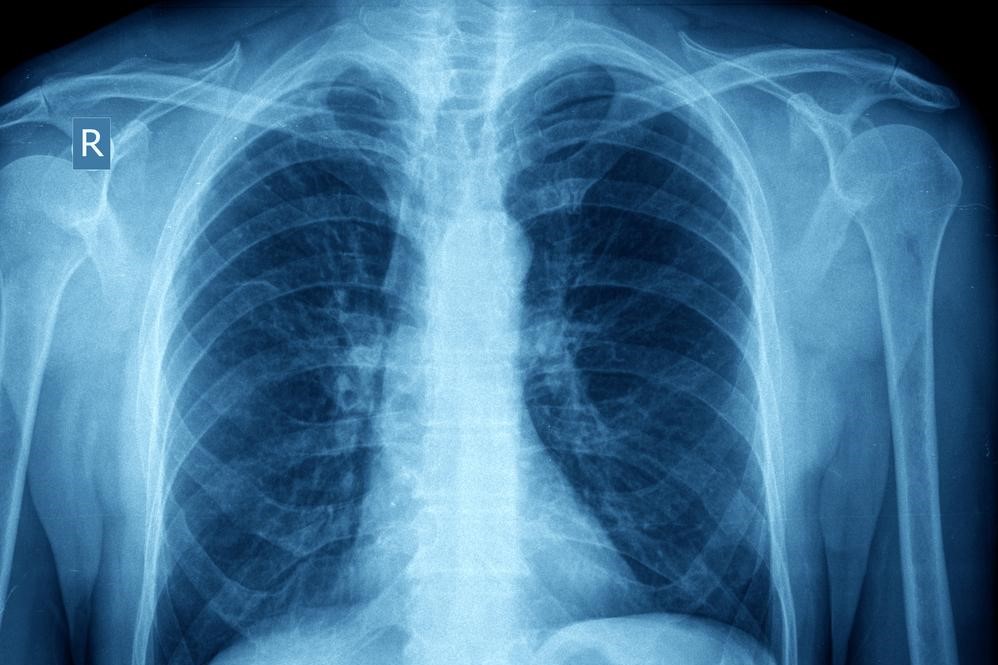Pathology and Pathophysiology of Asthma
Asthma takes place in two forms; acute and chronic. Acute asthma, known as an asthma attack is an episodic event that occurs due to an asthma trigger. Chronic asthma develops due to the changes that occur from prolonged inflammation over time.
Acute Asthma
When a patient comes into contact with an asthma trigger, a chain reaction of events occur that leads to an asthma “attack.” The exposure to the trigger will cause the muscles that surround the airways to “clamp down” or contract, thus narrowing the spaces for air to travel through.

Chronic Asthma
It is believed that patients always have some degree of inflammation in the lungs that make them more sensitive triggers. Chronic inflammation over time can lead to changes in the structures of the lungs and increased mucous production. Proper control of asthma can limit these effects.
Asthma triggers include physical exertion, infection, environmental factors (cold air, high altitude), irritants (smoking, perfume, cleaning agents, etc), emotional upset, allergies (pollen, mold, dust, food allergies, pet allergies, etc), cold air, heartburn, and even some medications such as NSAIDs. Triggers can induce either inflammation and/or constriction of the airways. The development of asthma in response to environment and allergies are closely linked to Th1-type, Th2-type, and IgE immune responses.
Even healthy individuals can experience constriction of the bronchial tree if they are exercising too much. This is referred to as exercise-induced asthma bronchoconstriction (EIB) or exercise-induced asthma (EIA). There are medications you can take before and after exercise that will reduce the wheezing.
[article_content_pin link=”https://in.pinterest.com/pin/636696466042638050/”]
Role of Immune System in Asthma
The development of asthma in response to environment and allergies are closely linked to Th1-type, Th2-type, and IgE immune responses. Th1-type immune responses are linked to fighting infection while Th2-type responses are linked to allergies. In asthma Th2-type responses are more active leading to allergies and asthma. IgE responses are linked to allergies. IgE known as immunoglobulin E will bind to the allergen and then to a mast cell, which causes the release of histamine. Histamine causes inflammation and excess mucous production.















